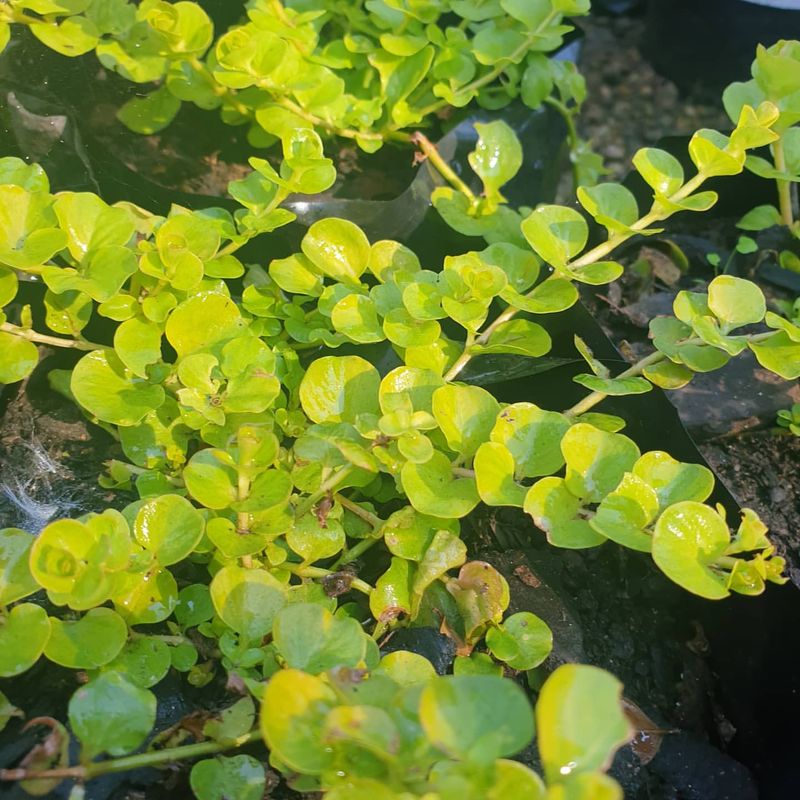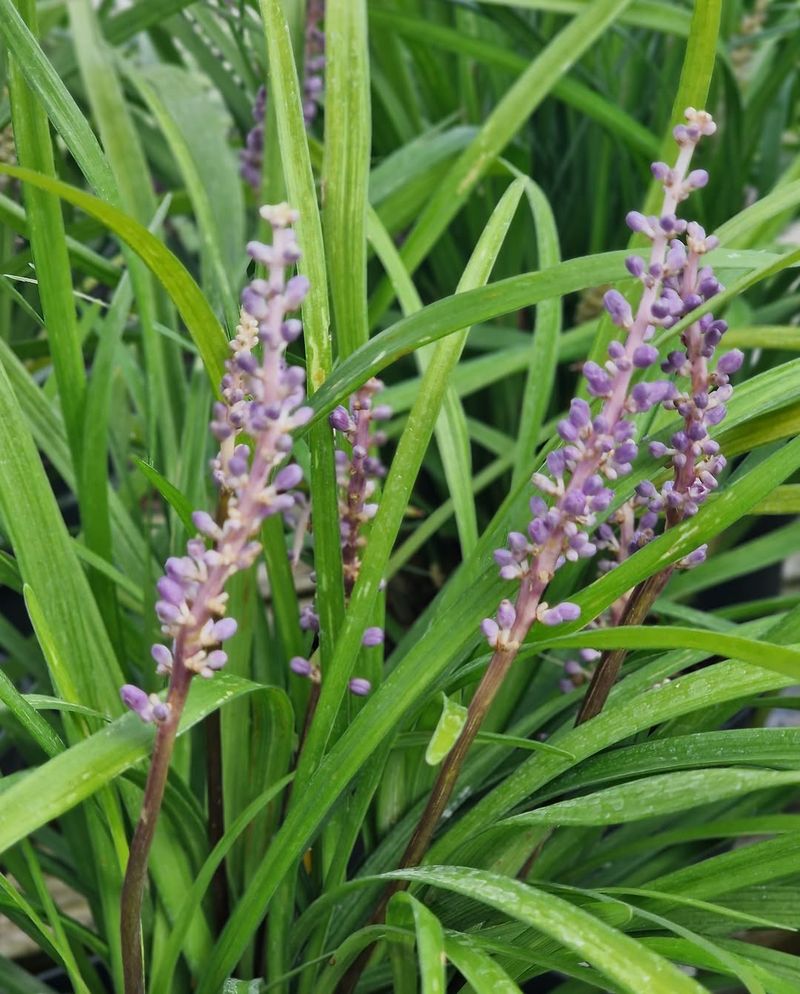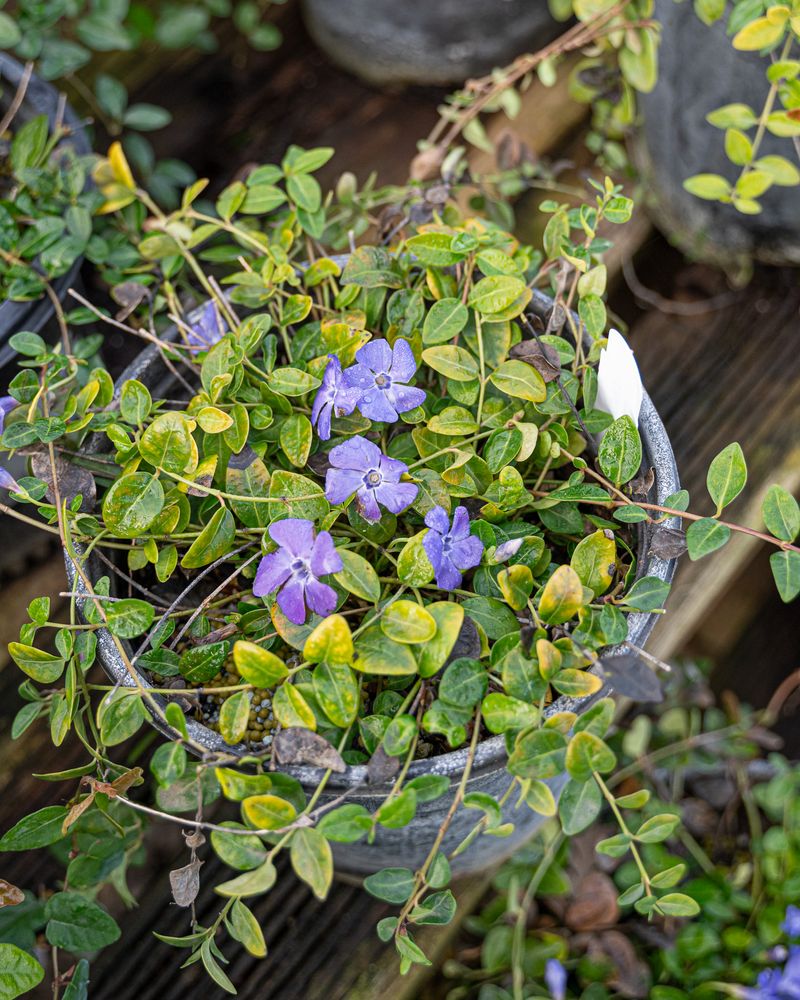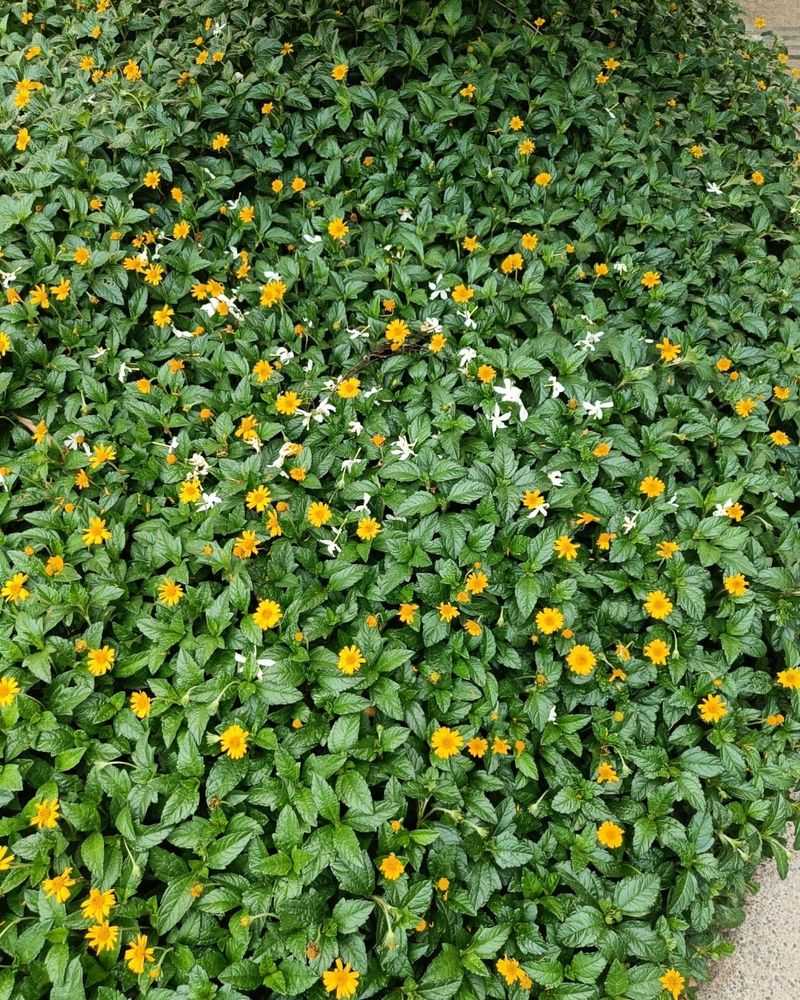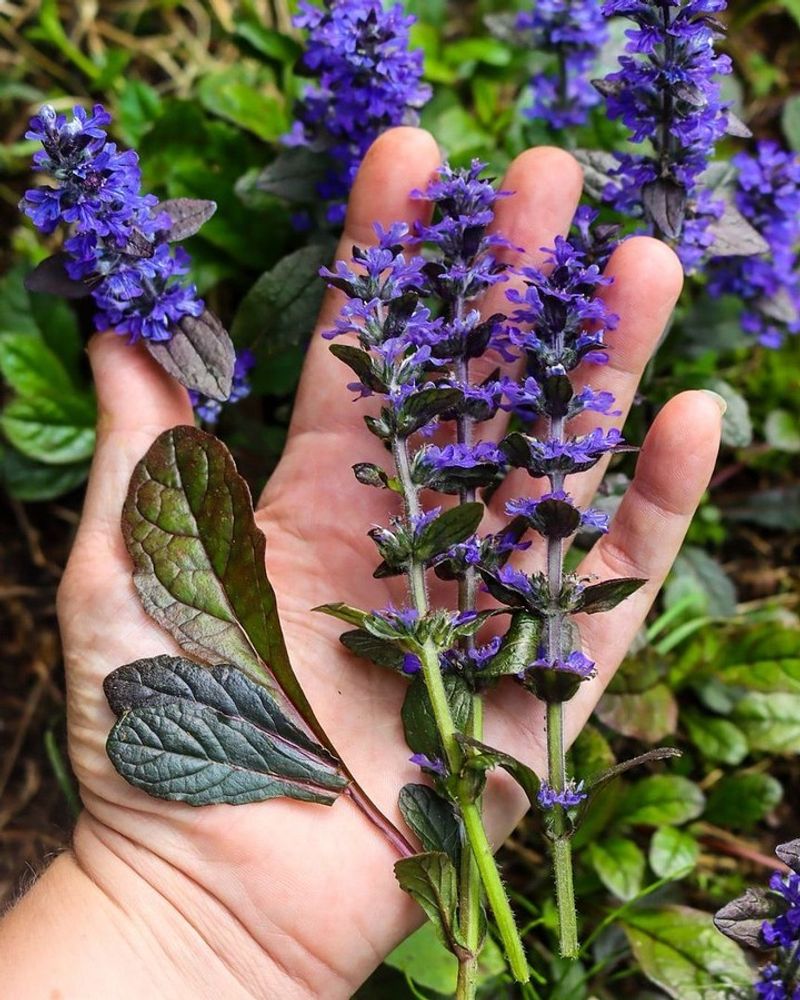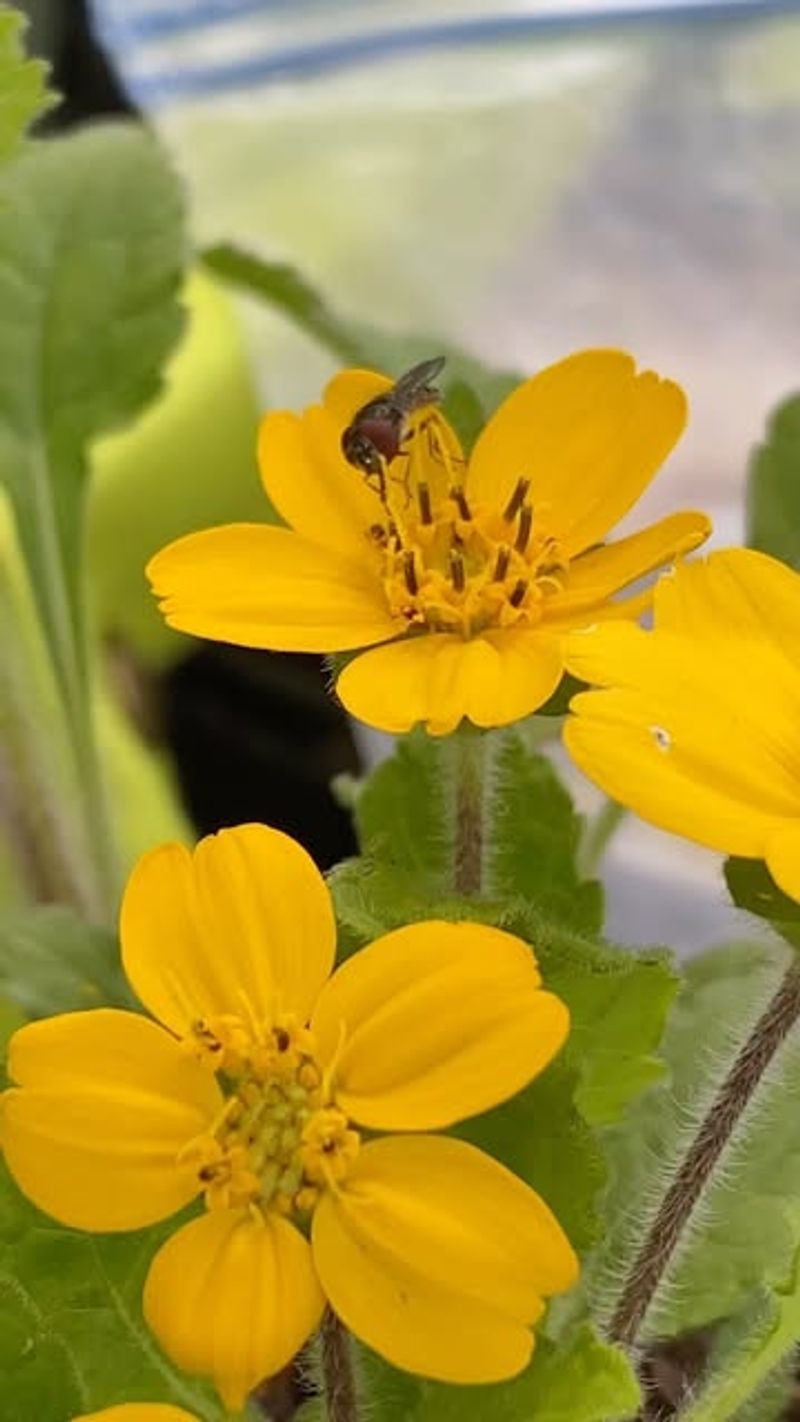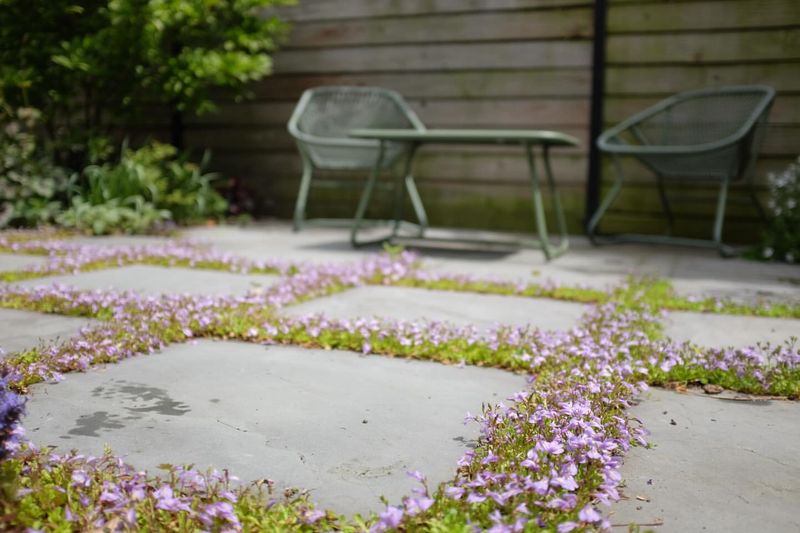Bare patches in your garden can be frustrating, especially when weeds seem to fill them faster than anything you plant. Ground covers offer a beautiful solution that spreads quickly across empty spaces while keeping unwanted plants away.
Alabama’s warm climate and humid summers create perfect conditions for certain ground covers to thrive and multiply rapidly, transforming problem areas into lush, green carpets.
1. Creeping Jenny (Lysimachia nummularia)
Gardeners love this plant for its coin-shaped leaves that create a cheerful yellow-green blanket across bare ground. Creeping Jenny grows incredibly fast in Alabama’s climate, spreading up to two feet per year once established.
It tolerates both sun and shade remarkably well, making it perfect for tricky spots under trees or along pathways.
The tiny yellow flowers that appear in summer add extra charm without requiring any deadheading or maintenance from you. This hardy plant even survives occasional foot traffic, bouncing back quickly after being stepped on.
2. Asiatic Jasmine (Trachelospermum asiaticum)
Alabama homeowners consider this evergreen ground cover a true champion for covering large areas quickly. Dark, glossy leaves stay attractive year-round, providing consistent beauty through all four seasons.
Once your plants get comfortable in their spot, they spread rapidly through runners that root wherever they touch soil. Asiatic Jasmine handles Alabama’s summer heat without complaint and thrives in partial to full shade conditions.
Drought tolerance develops after the first year, meaning less watering work for busy gardeners who want low-maintenance landscaping solutions.
3. Liriope (Monkey Grass)
Clumps of grass-like foliage expand steadily each year, creating dense borders that weeds simply cannot penetrate. Purple or white flower spikes shoot up in late summer, adding vertical interest to the low-growing leaves.
Alabama gardeners appreciate how Liriope tolerates everything from deep shade to full sun without losing its rich green color.
Dividing clumps every few years gives you free plants to fill additional bare spots around your property. Deer tend to leave this tough plant alone, making it ideal for rural properties.
4. Periwinkle (Vinca minor)
Charming blue-purple flowers peek out from glossy evergreen leaves throughout spring, creating a cottage garden feel wherever this spreader grows. Vinca minor excels at covering slopes where erosion threatens bare soil in Alabama yards.
Trailing stems root at nodes as they grow, forming an impenetrable mat that chokes out competing weeds naturally.
Shade-loving by nature, this plant solves the common problem of growing anything under mature trees with dense canopies. Established plantings require virtually no care beyond occasional trimming to keep boundaries neat and tidy.
5. Wedelia (Sphagneticola trilobata)
Cheerful yellow flowers bloom almost constantly in Alabama’s long growing season, bringing sunshine to your garden beds from spring through fall. This tropical-looking plant spreads aggressively through stems that root wherever they contact moist soil.
Full sun locations work best for maximum flowering, though partial shade produces acceptable results with slightly fewer blooms.
Wedelia fills bare spots faster than most competitors, sometimes covering several square feet in a single growing season. Regular trimming keeps this enthusiastic spreader from invading areas where you don’t want it.
6. Ajuga (Bugleweed)
Bronze, purple, or variegated leaves create stunning color combinations that make this ground cover stand out from ordinary green options. Spikes of blue flowers emerge in spring, attracting butterflies and bees to your Alabama garden.
Ajuga spreads through stolons that quickly fill empty spaces between established plants, forming a thick carpet that suppresses weeds effectively.
Both sun and shade conditions work well, though afternoon shade helps prevent leaf scorching during brutal Alabama summers. Cold-hardy nature means this plant survives Alabama’s occasional winter freezes without damage.
7. Green And Gold (Chrysogonum virginianum)
Native to Alabama forests, this charming wildflower naturally thrives in local growing conditions without requiring special attention or amendments. Golden star-shaped blooms appear reliably from spring through fall, providing months of cheerful color.
Low-growing foliage spreads steadily outward, filling bare spots under native trees and shrubs where other plants struggle to establish.
Pollinators flock to the nectar-rich flowers, supporting local butterfly and bee populations in your landscape. Drought tolerance develops quickly once roots establish themselves in Alabama’s clay or sandy soils.
8. Mazus (Mazus reptans)
Tiny purple-blue flowers with yellow throats cover this low-growing mat in spring, creating a living carpet that looks almost too delicate to walk on. Surprisingly tough despite its dainty appearance, Mazus handles light foot traffic between stepping stones or pavers beautifully.
Rapid spreading occurs through creeping stems that hug the ground tightly, never growing taller than two inches even at peak growth.
Moist soil conditions suit this plant best, making it perfect for Alabama areas that stay slightly damp year-round. Semi-evergreen foliage provides winter interest in milder Alabama regions.


